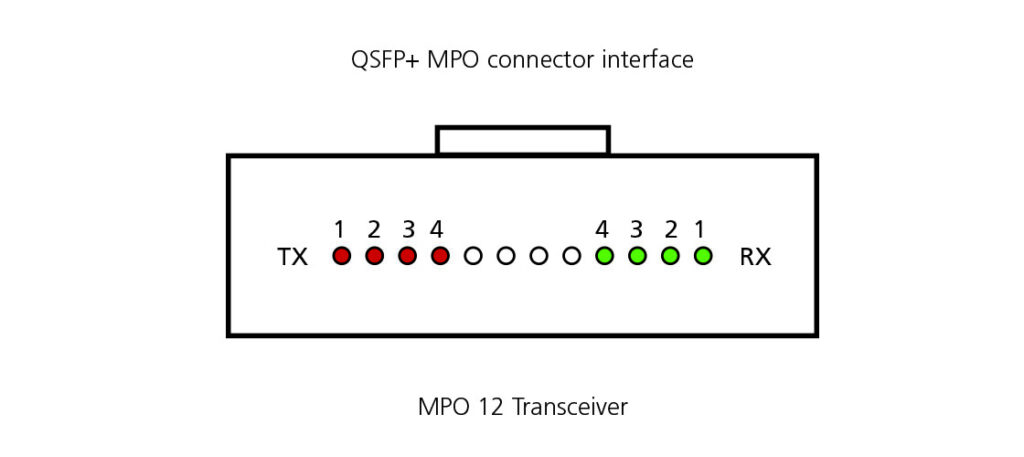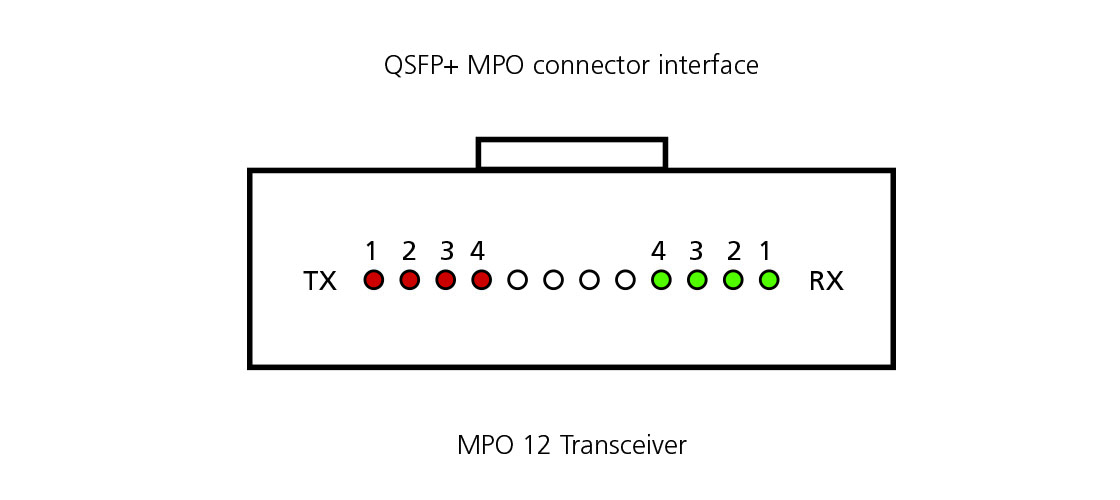Since the dawn of time, or at least since fiber optic cables were first produced in 1975, they have been bundled in multiples of twelve fibers. Cable fiber counts were commonly 12, 24, 48, 96, 144, and, recently, all the way up to 6,912 (576 individual 12-fiber units). Much discussion could be had over the origin of this with common theories including pure cable geometry, evolution from copper cable designs, multiples of the electronics that the cables connect to, etc.
This magic number of 12 led to the entire system around fiber optic cables being based on 12 fibers. For example, patch panels are multiples of 12 – 24, 48, 144, network switches are generally multiples of 24, and fiber optic connectors were traditionally based on duplexed single fiber connectors or 12 fiber MPO type connectors.
The first MT connector developed by NTT, Fujikura and Furukawa back in 1986 was designed to simplify the connection of 8 or 12 fiber ribbon connections. The cimple MT connector became the easier to use MPO connector with 12 fibers. Then in 1996, IBM introduced the first fiber cabling system based on 36, 72 and 144 fiber trunks terminated with 12 fiber MPO connectors. This system allowed the flexibility of being able to connect different “harness” type of assemblies to an MPO connector which fanned out to the duplex connection required by the equipment at the end of the cable. Back then, equipment connectors varied from EScon connectors to SMAs and the “new” SC connectors. Then there was also the introduction of the Infiniband technology which utilized the MPO connector as the transceiver interface. The foundation block of all fiber systems seemed securely set on the magic number of 12!
As we fast forward through the evolution of Ethernet speeds for enterprise applications, starting in 1993 with 10Mb/s transmission speeds, then 100Mb/s (1995), 1Gb/s (1998) and 10Gb/s in 2002, there was a simultaneous evolution of duplex fiber connector types from ST, SC, MTRJ and through to LC – see our paper on the history of fiber connectors.
In 2010, with the migration of Ethernet speeds from 10Gb/s to 40Gb/s, there was a fundamental shift in transmission modes and the basis of fiber systems. The IEEE802.3 standard launched the next Ethernet speed of 40Gb/s as a parallel transmission of four lanes of 10Gb/s (40GBASE-SR4) meaning that a single 40Gb/s fiber port on a switch would transmit and receive four distinct lanes of 10Gb/s across 4 pairs of fibers. The standard transmission protocol had shifted from a legacy 2 fiber duplex system (one transmit and one receive) to an 8 fiber (four transmits and four receives) system and Base-8 was born!
These new 40Gb/s transceivers, called QSFP+ (Quad Small Form-factor Pluggable), had an MPO as the connector interface, utilizing a standard MPO 12 fiber connector but leaving the four middle connectors dark. This presented challenges both for customers who had installed structured cabling systems based on Duplex LC systems and also those who had installed MPO systems. For those that had duplex systems installed, an upgrade of the fiber infrastructure was required in order to migrate to these new speeds. For those that had installed MPO systems, these systems were based on 12 fiber MPO connections and the new 40G required only 8 fibers. Customers faced the option of either losing 4 out of every 12 fibers or deploying expensive “transition modules” which combined two 12 fiber MPO connections and split them back out to three 8 fiber MPO connections.

Fiber cable manufacturers were quick to react to this new dilemma and started to develop “Base-8” solutions. These new systems migrated the base unit of fiber bundles from 12 fibers to 8 fibers and MPO cabling systems started to emerge based on 8 fiber MPO and trunk cables in multiples of 8 fibers.
At the same time as releasing the 40Gb/s standard, the IEEE also launched the next speed of 100G as 100GBASE-SR10. This standard used ten duplex pairs of fibers, each transmitting 10Gb/s and requiring a twenty fiber MPO connector. This standard was short lived and very quickly superseded by a new 100GBASE-SR4 standard which utilized 4 lanes of 25Gb/s across 4 pairs of fibers, a further migration to 100Gb/s using Base-8 fiber cables and further strengthening the case for Base-8 connections.
So what does the future hold? The mainstream enterprise market is still migrating to 40Gb/s with the higher end of the market starting to move to 100Gb/s and the Hyperscale market firmly in the 100Gb/s and planning their move to the next speeds.
The next speeds have now emerged as 400G. There is likely to be very limited adoption on multi-mode fiber cabling which will utilize an SR8 solution – 8 lanes of 50Gb/s and requiring a 16 fiber MPO connector. Base-8 infrastructure can support this 16 fiber solution by combining two Base-8 MPO connectors per link. The vast majority of 400G systems will run over single-mode fiber with either multiple wavelengths across a duplex fiber connection or four lanes of 100G transmitted across four pairs of fibers – again utilizing Base-8 cabling.




